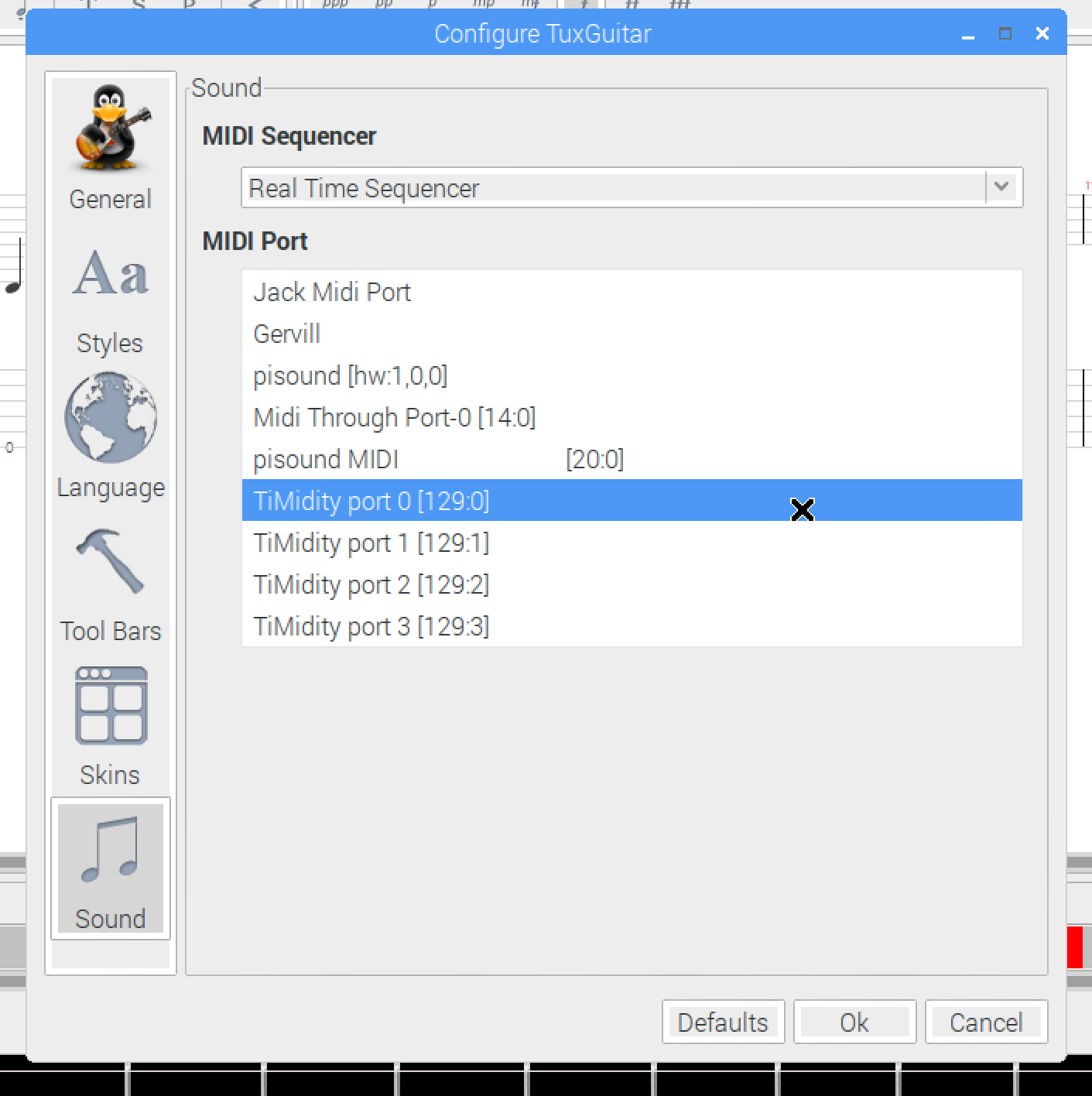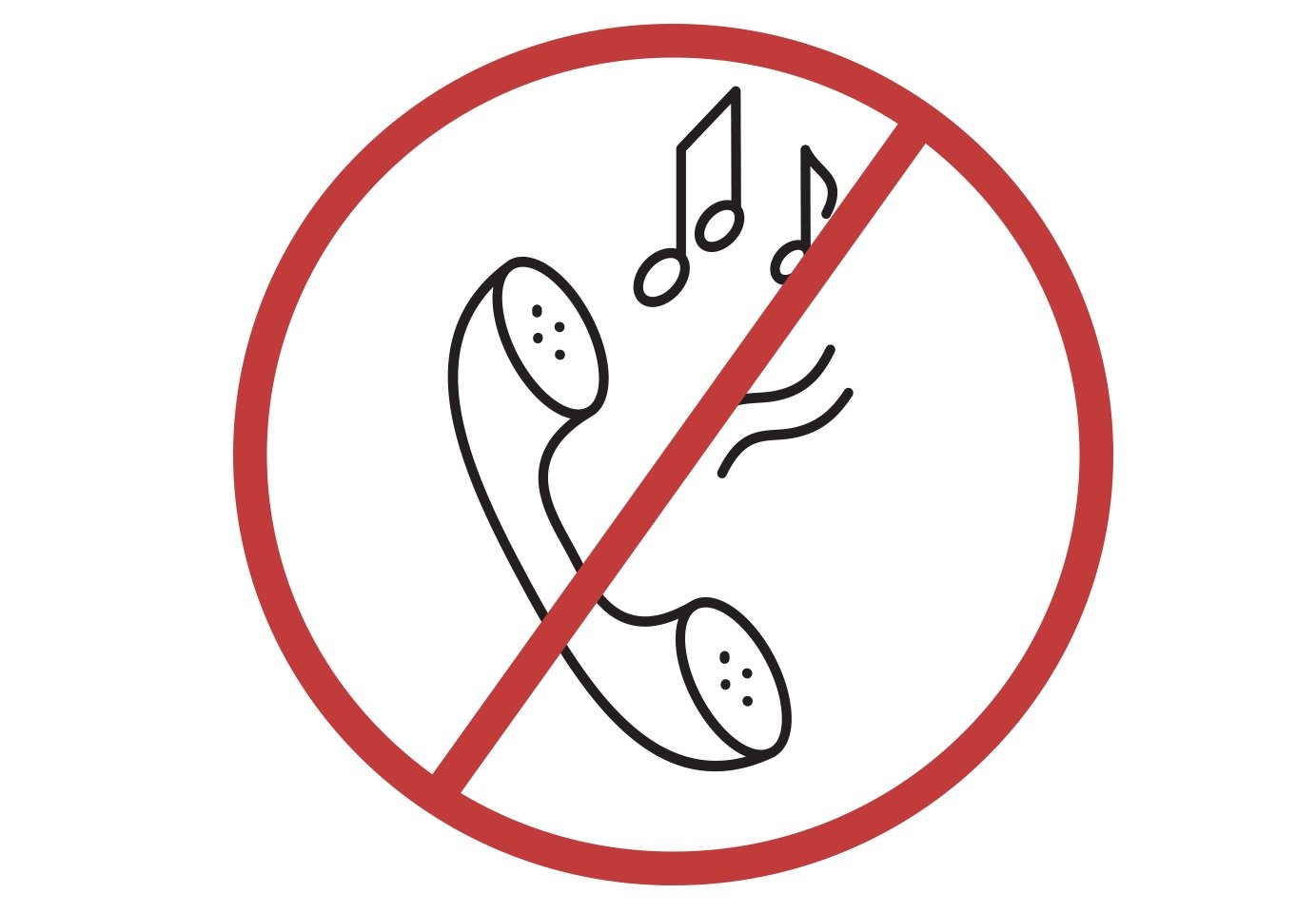
When applied to processing steps such as mastering recordings, absolute accuracy may be secondary to artistic or aesthetic concerns. When applied to specific electronic devices, such as loudspeakers, microphones, amplifiers or headphones sound quality usually refers to accuracy, with higher quality devices providing higher accuracy reproduction.

In other cases, the goal may be to reproduce audio as closely as possible to the original. In some cases, processing such as equalization, dynamic range compression or stereo processing may be applied to a recording to create audio that is significantly different from the original but may be perceived as more agreeable to a listener. The sound quality of a reproduction or recording depends on a number of factors, including the equipment used to make it, processing and mastering done to the recording, the equipment used to reproduce it, as well as the listening environment used to reproduce it. Quality can be measured objectively, such as when tools are used to gauge the accuracy with which the device reproduces an original sound or it can be measured subjectively, such as when human listeners respond to the sound or gauge its perceived similarity to another sound. Sound quality is typically an assessment of the accuracy, fidelity, or intelligibility of audio output from an electronic device. You can adjust and change the soundbank with Configure button in the plugins dialog.Microphone covers are occasionally used to improve sound quality by reducing noise from wind. Java Sound plugin, relying on the soundbanks, is still available in the form of the “Java Sound Api plugin”. If that's not the problem, this may have useful options/toggles? If it's not Sun Java, the built-in sequencer may be slowing you down. So, check which distribution of Java you have on your machine. Don’t worry, it is not as bad as it sounds. In case you use some other JVM, your only choice is “TuxGuitar Sequencer”.

In general, you should use “Real Time Sequencer” because it’s faster, but it needs Java Sound plugin to be enabled, which means it requires Sun Java to be installed. The TuxGuitar Documentation page on sound has a couple points that may or may not help with your issue:īeside MIDI Port sound options in the Tools→Settings→Sound tab is also MIDI Sequencer options.
#TUXGUITAR POOR SOUND QUALITY PRO#
Could that be at play in TuxGuitar? And if it is can it be turned off? I did not notice this in older editions but to be fair I usually use MuseScore, which plays scores correctly, and then use Tux for TAB in rare cases where I don't want to forget intricate fingering patterns I've worked out.Ĭaveat: I have not used TuxGuitar, I use Guitar Pro and think it's well worth the money. I have heard about a function in Band in a Box called "humanize" that is supposed to introduce random deviations in tempo to mimic what someone thinks a human does when they play.

Steady 16th notes seem to be playing as if they are galloping, with occasional n-tuples played fast then a pause. It I thought it was a person performing I'd give them an F. It almost sounds like there's a bug in the programing. Simply put, the s/w does not play what I wrote with a nice steady uniform meter. However, I recently downloaded the most recent version and noticed that when I play what I've typed into the TAB the rhythm is ridiculously off.
#TUXGUITAR POOR SOUND QUALITY FREE#
I've used TuxGuitar for a while now and it's good enough for a free product.


 0 kommentar(er)
0 kommentar(er)
